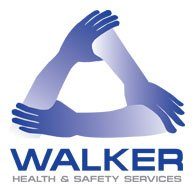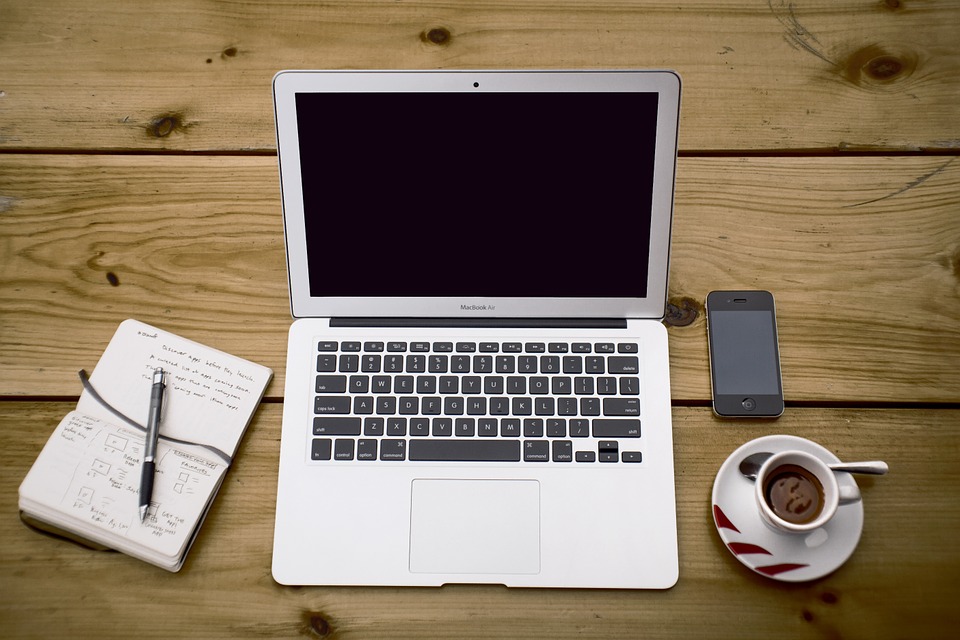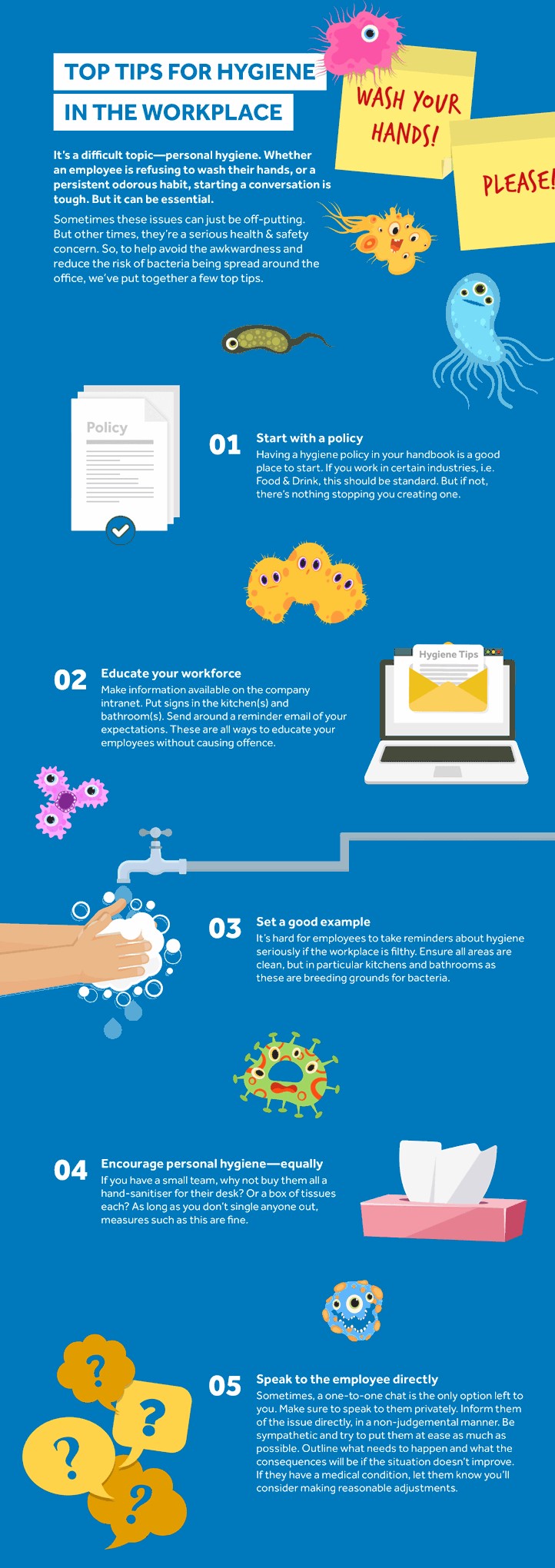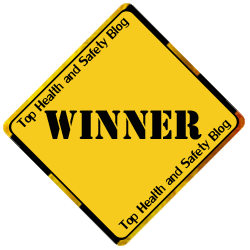
Infogram correct as of 2pm 5/3/2020
At the moment, the number of cases in the UK is minimal. But we’ve been warned to expect further cases. And with no sign of a vaccine just yet, it makes sense for employers to take precautions.
Coronavirus advice for employers
Employers across the country have questions in relation to the Coronavirus. Here are some of the more common ones, with answers helpfully provided:
Q: Should I be sending employees home?
A: It depends on the circumstances. There’s no need to fly into a blind panic and send everyone home just yet. But, if a member of staff has returned from one of the affected areas, you can reasonably ask them to stay at home. Particularly if they’re displaying symptoms.
There are certain regions you need to be concerned about:
Hubei province in China:
Any employee returning from this region should automatically self-isolate, even if they’re not showing symptoms. So, if you know an employee has been here and they turn up to work—send them home.
Iran, lockdown areas in northern Italy, or special care zones in South Korea:
Employees should automatically self-isolate if they’ve returned from these areas after 19th Feb. Same advice as above.
Other parts of mainland China or South Korea, Hong Kong, Japan, Macau, Malaysia, Singapore, Taiwan, or Thailand:
If an employee has been in one of these regions and returned since 19th February, they should be fine to come into work. Provided they aren’t showing symptoms. If they do start to show them, even if they’re mild, you should send them home.
Other parts of northern Italy (anywhere north of Pisa, Florence and Rimini, Cambodia, Laos, Myanmar, or Vietnam:
Same advice as above. They’re fine to come into work so long as they’re not displaying symptoms, but if they do, send them home.
Q: What do I do if someone refuses to come into work?
A: Some people are legitimately concerned about their health. If there’s a heightened risk of catching the virus in your workplace, some employees may refuse to come in. If they do you should listen to their concerns and offer reassurance.
You should consider offering a temporary flexible working arrangement, including homeworking if possible. Or, you could allow them to take some time off as holiday or unpaid leave.
Forcing an employee to come into work against their will is likely to get messy fast, so try to be as considerate and flexible as possible.
Q: Do I have to pay employees who are self-isolating?
A: The other issue that comes with self-isolating is pay. UK Health Secretary, Matt Hancock has advised that employees who are told to self-isolate are entitled to sick leave but not necessarily sick pay. Acas has re-affirmed this, pointing out that there’s no legal obligation to pay.
However, Acas have also outlined that it’s good practice to pay employees if they’re self-isolating.
So what should you do? Generally, the consensus is to pay employees if they’re self-isolating.
If you send an employee home despite them not showing symptoms, you’re not following government guidance. Therefore, you should pay the employee in full to avoid any potential risks. If the employee is self-isolating based on government guidance then it’s good practice to provide sick pay through usual procedures at least, if not full pay.
Q: Do I have to pay employees who have Coronavirus?
A: If an employee is legitimately sick with the virus, then they qualify for at least statutory sick pay (SSP). If their contract states that they are provided more, then they will receive that.
Q: What should I do if Coronavirus becomes more widespread?
A: Acas has also provided guidance for what you should do if the virus spreads more widely across the UK. You should:
- Ensure staff details are up to date
- Ensure emergency contact details are up to date
- Refresh managers on policies & procedures, in particular those relating to sickness absense
- Implement NHS advice on hygiene in the workplace, including hand-washing guidance and the provision of soap and water
- Provide hand sanitisers and tissues to staff an encourage usage of them.
- It’s also worth considering whether you might need to close your workplace. This includes considering whether home working is possible, and maintaining communication with staff.
Keep your eye on the news and keep up to date with the resources online.
Resources
The main resources on the helpline are:
The FCO for travel advice:
https://www.gov.uk/foreign-travel-advice/china
NHS Choices
https://www.nhs.uk/
WHO World Health Organisation
https://www.who.int/
Read past blogs regarding the virus.
What are the symptoms?
The infection starts with a fever, followed by a dry cough. After a week, it leads to shortness of breath and some people require hospital treatment. If you have any of these symptoms it does not mean that you have coronavirus. Most people (about 80%) who contract the disease recover without needing special treatment.
If you have any of the above symptoms, isolate yourself and dial 111, they will provide you with further instructions. Please then contact your manager.
Please be aware it may also be possible to become infected by touching a contaminated surface or object and then touching your nose or mouth, so good hygiene practices can really help.
Handwashing
This is one of the most recommended and effective defences. Health professionals recommend humming ‘Happy Birthday’ as this is the suggested length of time for washing our hands!
Meeting and greeting!
Some of you may have already been to meetings, where people aren’t shaking hands and, purely as a precautionary measure, we’d recommend you do the same, if it feels appropriate and are comfortable to do so. Clients and colleagues will understand if you give them a friendly wave instead!
Travel and holidays
Be aware if anyone is going on holiday to a high-risk country. Check the Government advice pages to make sure that the travel does not pose any health risk.
Contact us if you require further information.




 The main thing to do is not to panic or cause a panic.
The main thing to do is not to panic or cause a panic.

 Stress is now recognised as a very serious health and safety issue, and one that all organisations must address if they are to comply with health and safety legislation. Employers must treat stress like any other health hazard.
Stress is now recognised as a very serious health and safety issue, and one that all organisations must address if they are to comply with health and safety legislation. Employers must treat stress like any other health hazard. Myths around the risks of coronavirus in the UK are doing the rounds. We put the facts straight.
Myths around the risks of coronavirus in the UK are doing the rounds. We put the facts straight.




